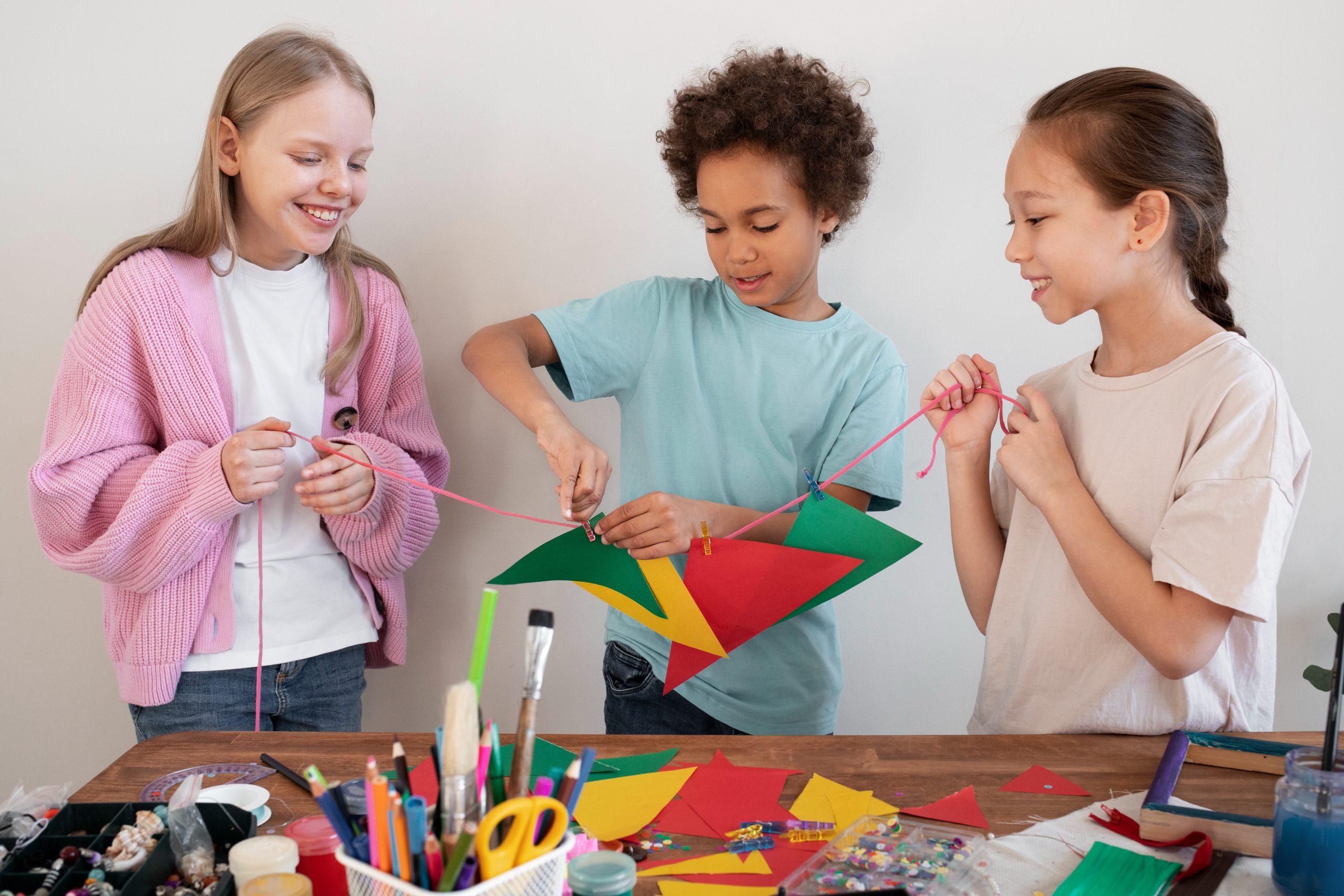
Understanding Transitional Activities for Preschoolers
What Are Transitional Activities?
Transitioning with Ease: Understanding the Importance of Transitional Activities
Preschoolers require a blend of structured activities and unstructured playtime to navigate the transition from home life to a more structured learning environment. Transitional activities for preschoolers are pivotal in achieving this balance.
Any activity that aids children in moving from one task to another is considered a transitional activity. These activities are typically short, entertaining, and engaging, designed to capture children’s interest and prepare them for the upcoming activity. They serve to smooth transitions between various activities, such as from playtime to learning or from one learning activity to another.
These activities serve several purposes. They teach children how to transition seamlessly between tasks and follow instructions effectively. Additionally, they facilitate the development of essential social skills such as cooperation, sharing, and taking turns.
Preschoolers can transition between tasks through various activities, including singing songs, playing games, or engaging in brief physical exercises. For instance, teachers can use games like “Simon Says” to transition from free play to circle time, or they can incorporate singing a song before starting a new learning activity. These activities can be tailored to suit different educational environments and the age and ability level of the children.
Another effective transitional activity involves sensory play, which engages multiple senses like touch, sight, and sound. Activities such as playing with Play-Doh or squishy balls can help children transition from playtime to learning time effectively.
Examples of Transitional Activities for Preschoolers
- Movement Activities: Engaging preschoolers in simple movement activities like stretching, yoga poses, or jumping jacks can help them burn off excess energy and focus their attention on the next task.
- Singing and Rhyming: Incorporating songs or rhymes related to upcoming activities can capture preschoolers’ attention and make transitions enjoyable.
- Storytelling: Reading a short story or telling an anecdote can stimulate preschoolers’ imagination and prepare them for the next activity.
- Sensory Play: Activities involving sensory experiences like playing with sand or water can help preschoolers transition between tasks while engaging their senses.
- Games: Simple games such as Simon Says or Red Light, Green Light can help preschoolers transition while fostering cooperation and focus.
- Memory Game: This game not only aids in transitioning between activities but also enhances memory and concentration skills in preschoolers.
- Yoga or Stretching: Simple yoga poses or stretching exercises can promote relaxation while transitioning between activities.
- Counting Activity: Engaging preschoolers in counting objects or numbers can help them transition while reinforcing math skills.
The Purpose and Benefits of Transitional Activities for Preschoolers
Purpose: Preschoolers benefit from transitional activities as they assist in moving smoothly between tasks without disruptions or behavioral issues. These structured transitions help children understand expectations and feel more comfortable in their surroundings.
Transitional activities also contribute to the development of vital skills that preschoolers will utilize throughout their lives. By following instructions and transitioning effectively, preschoolers learn important social skills like cooperation and sharing. Furthermore, these activities enhance cognitive skills such as critical thinking and problem-solving.
Benefits: Including transitional activities in preschoolers’ daily routines offers several advantages:
- Reducing Behavior Problems: By providing engaging activities during transitions, teachers can reduce behavior problems and maintain a positive classroom environment.
- Fostering Independence: Transitional activities encourage preschoolers to make choices and take responsibility for their actions, fostering independence and confidence.
- Improving Focus and Attention: These activities help preschoolers refocus their attention, enhancing their ability to concentrate on tasks.
- Enhancing Learning: Transitional activities introduce new concepts or reinforce previous learning, contributing to preschoolers’ overall educational development.
- Creating a Positive Classroom Environment: Engaging and enjoyable transitional activities contribute to a positive classroom atmosphere, promoting enthusiasm for learning.
Conclusion
Transitional activities play a vital role in preschoolers’ daily routines, facilitating smooth transitions between tasks while promoting learning and social development. By incorporating a variety of engaging activities, educators can help preschoolers develop essential skills and create a positive learning environment. With structured and entertaining transitional activities, preschoolers can navigate their daily schedules with confidence and enthusiasm.


